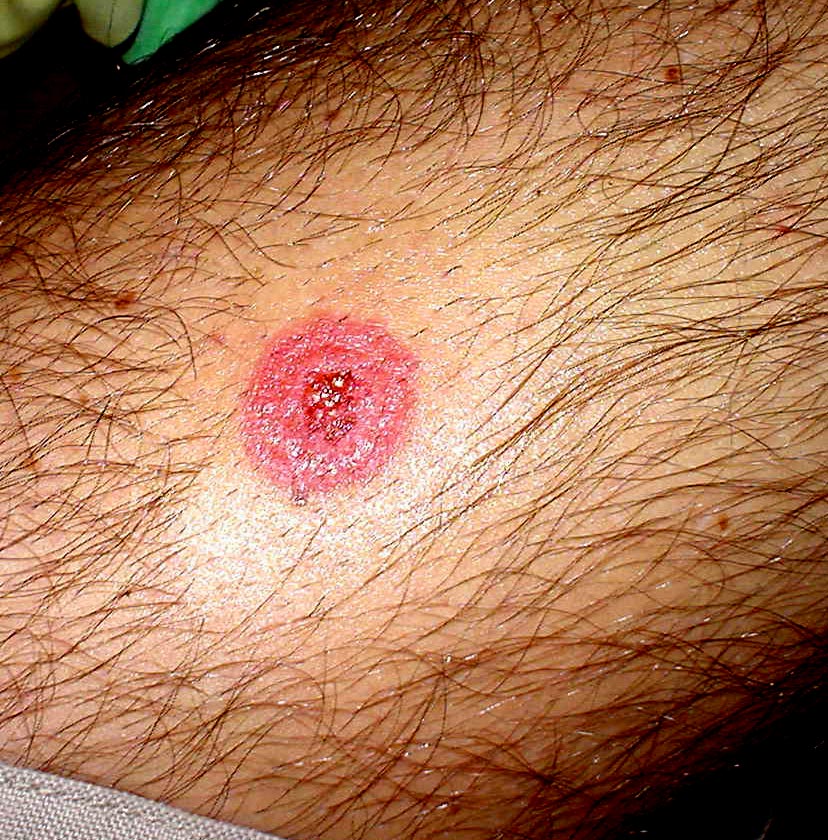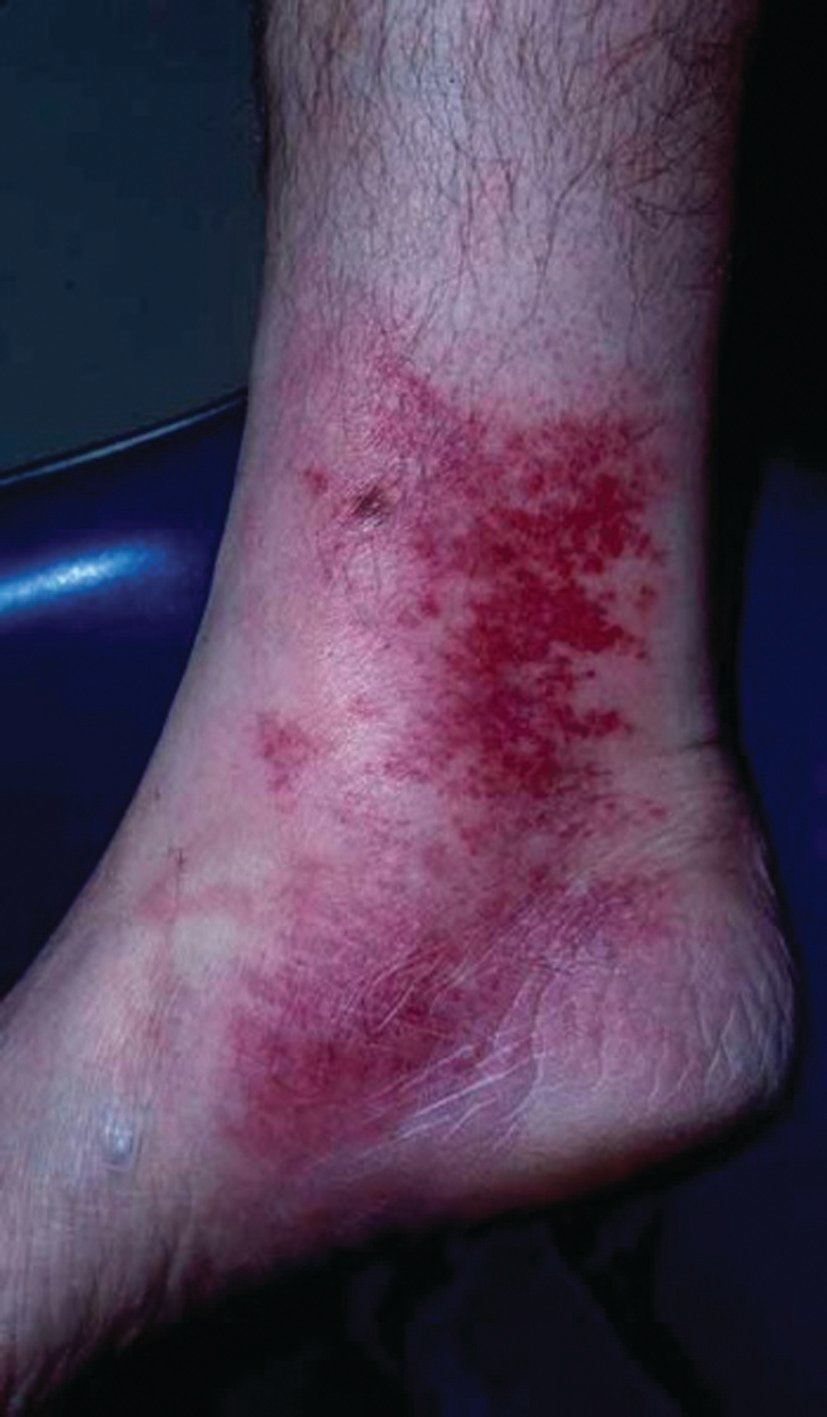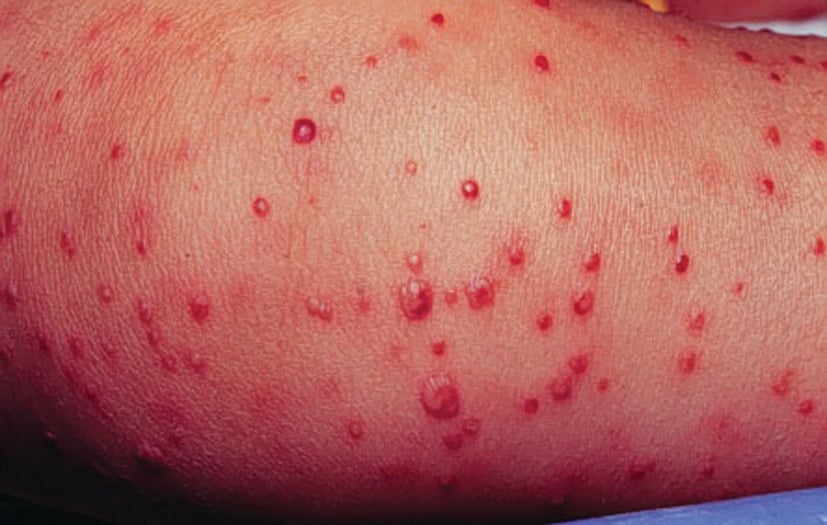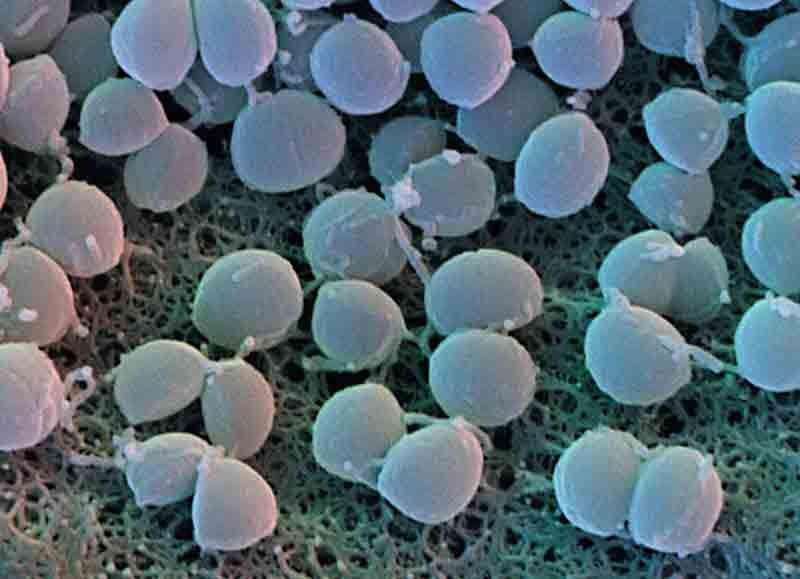
Issue 041
September 2008
Most of us shudder at the thought of catching a transmittable skin infection, but for MMA fighters it’s an unfortunate reality. While all skin infections are preventable, it doesn’t take much for a single case of ringworm to turn into a gym-wide outbreak, especially if the original carrier doesn’t know they have it.

With the help of one of the UFC’s ringside physicians, Dr Chris Lam, we’ve put together a basic guide to the most common skin infections in MMA. Dr Lam has seen it all, and he doesn’t mind sharing his wealth of knowledge, or a gross story, for that matter.
“The worst skin infection I’ve seen affected a professional boxer,” says Dr Lam. “His opponent had nasty cold sores on his lips. During the fight the virus was transferred from the opponent’s lips to the boxer’s eye through the boxing gloves, and he subsequently developed a nasty herpes infection around one of his eyes.”
Whether you’re a casual grappler or a professional fighter, a situation like the one Dr Lam describes is definitely worth avoiding. So throw on your rashguard, stock up on disinfectant, and read on.

Ringworm
Symptoms
Itchy, red, raised patches that often have sharply defined edges. This usually creates the appearance of a ring. Don’t worry, it’s a fungus, not an actual worm.
A word from the Doc
Ringworm is hands-down the most common infection. Luckily, it’s also the least serious and easiest to treat. Normally fighters catch it through skin on skin contact with another person who has the infection (through their sweat). It is also not unusual to catch it through dirty and sweaty gloves or mats.
Treatment
Treatment should consist of an antifungal cream, or if there is some inflammation of the skin, then daktacort can be used. Both can be obtained over the counter from the pharmacist. It is also important to ensure that training equipment is well maintained and regularly disinfected.
Time off
An average case will result in a week off, provided that proper treatment is sought.
Impetigo
Symptoms
Skin rash, usually with discharge of pus. Pimples and blisters often appear in groups.
A word from the Doc
Impetigo is easily treatable, but is serious because it is highly contagious. Like ringworm, you can catch it through direct body contact, or when bacteria gets into a cut or abrasion in the skin.
Treatment
You would have to see your GP for either a topical antibiotic, or if the infection is extensive, then oral antibiotics are required.
Time off
No training at all until the infection is treated.

Cellulitis
Symptoms
Deep streaks and swelling, accompanied by tenderness and warm skin. Symptoms can also include fever, headaches, and red streaks from the original site of infection.
A word from the Doc
Cellulitis is a serious infection as it affects the deeper tissues of the skin. If impetigo is left alone, it will usually develop into cellulitis. If left unattended, cellulitis can develop into quite a nasty infection.
Treatment
Medical advice should be sought from your GP. Treatment normally consists of oral antibiotics.
Time off
Depends on the severity of the case.

Staph Infection
Symptoms
Sores or boils, similar to a spider bite. If left untreated, redness, swelling and pus below the skin’s surface will appear. Severe cases can result in pneumonia if the infection enters the bloodstream. UFC bad boy Nick Diaz was hospitalised due to an advanced staph infection. And Forrest Griffin suffered a serious staph infection in his left knee.

A word from the Doc
Staph infections usually happen when staphylococcus bacteria enters an open wound. It’s transmittable through skin-to-skin contact, but also through equipment. If left untreated, it can become very serious and even cause several diseases.
Treatment
Treatable with specific antibiotics, as long as the patient completes the full course.
Time off
A minimum of ten days after the patient starts taking antibiotics.

Some Hygiene tips...
- Keep your kit and yourself as clean as possible. Dirty kit left in the gym or in the bottom of your kitbag can be a breeding ground for bacteria. Wash your kit and yourself after every session, or risk getting something nasty!
- Visiting a new gym? Be sure to shower as soon as possible after training. It is possible to build up a tolerance to bacteria on your own mats, but if you go to a new gym the new bacteria can put you out of action. Play it safe.
- Competitions are always a source of infection – dozens of guys from around the country getting together on a mat that no-one is really sure of when it was last cleaned means plenty of bacteria swapping. Soon as you’re done fighting, get in that shower.










